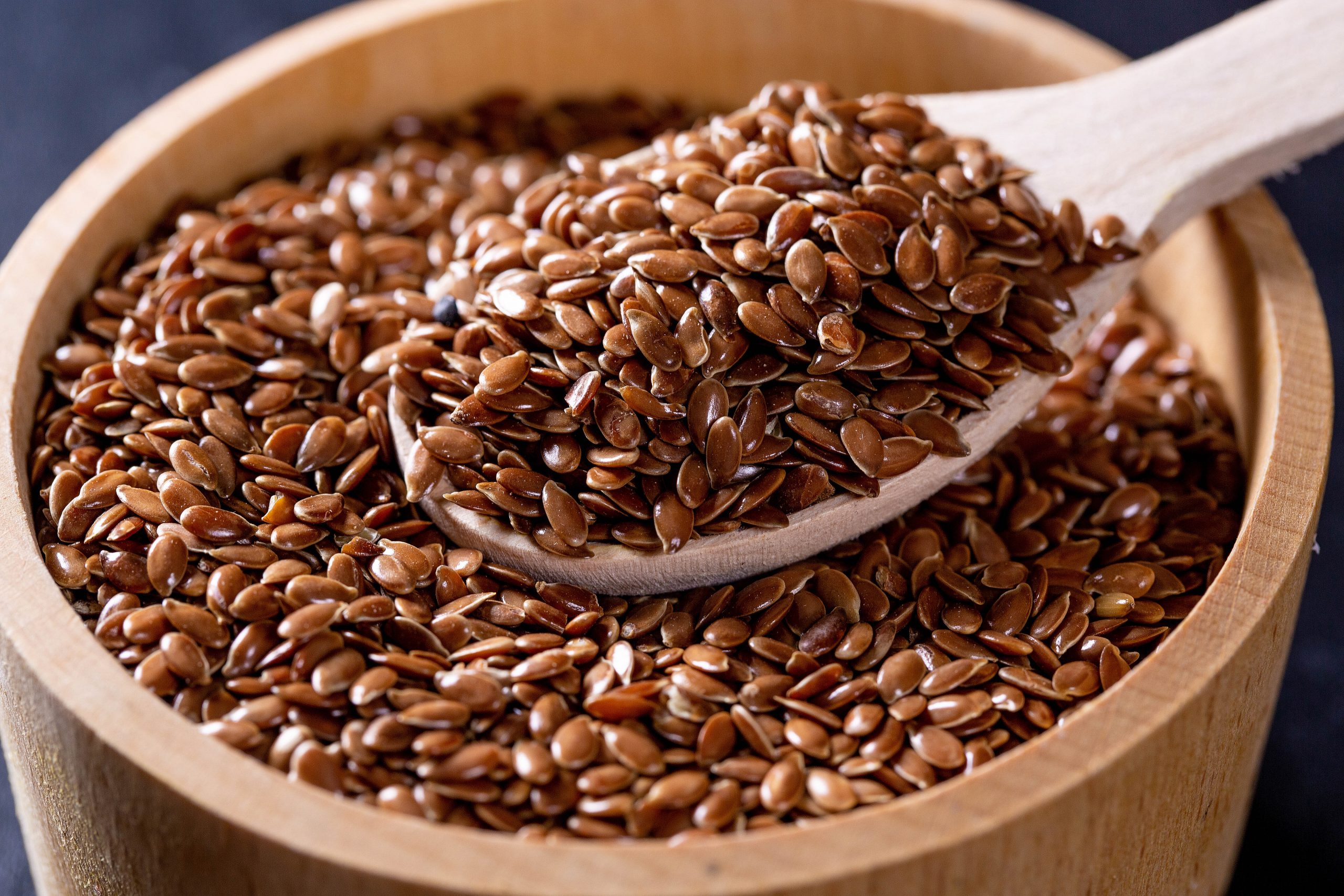
Hello, smoothie lovers! 🍹
Are you ready to enhance your health and well-being with the powerful combination of flax seeds and walnuts? Look no further! Flax seeds and walnuts are not only delicious additions to your pantry but also fantastic ingredients for your morning smoothies. These nutritional powerhouses are rich in omega-3 fatty acids, fiber, antioxidants, vitamins, and minerals, making them ideal choices for promoting heart health, improving brain function, and supporting overall well-being. By incorporating flax seeds and walnuts into your smoothies, you can boost your omega-3 intake and take a step toward better health. So, let’s dive into five omega-3 boosting morning smoothie recipes featuring the goodness of flax seeds and walnuts. Get ready to blend your way to a healthier and more vibrant you! Let’s embark on this flavorful and nutritious journey together! 💪
Why Flax Seeds and Walnuts? The Omega-3 Power Duo
Before we explore the mouthwatering recipes, let’s take a moment to appreciate the incredible health benefits of flax seeds and walnuts. Here’s why these ingredients deserve a special place in your smoothie routine:
- Omega-3 Fatty Acids: Flax seeds and walnuts are excellent sources of alpha-linolenic acid (ALA), a type of omega-3 fatty acid that offers numerous health benefits. Omega-3s are essential for heart health, brain function, reducing inflammation, and supporting overall wellness.
- Fiber-Rich: Flax seeds and walnuts are both high in dietary fiber, which aids in digestion, promotes satiety, and helps regulate blood sugar levels. Fiber is essential for a healthy digestive system and can support weight management.
- Antioxidants and Phytochemicals: Both flax seeds and walnuts are packed with antioxidants and phytochemicals that have anti-inflammatory and immune-boosting properties. These compounds help protect your cells from damage and support overall health.
- Vitamins and Minerals: Flax seeds and walnuts are rich in essential vitamins and minerals, including vitamin E, magnesium, and manganese. These nutrients play important roles in various bodily functions, such as energy production, bone health, and immune support.
Now that we understand the incredible benefits of flax seeds and walnuts, let’s delve into the delicious and health-boosting smoothie recipes that will help you on your journey.
1. Blueberry Flax Blast 🫐
Indulge in the sweet and tangy flavors of blueberries paired with the nutritional goodness of flax seeds and walnuts. Blend a handful of blueberries (fresh or frozen), unsweetened almond milk, a tablespoon of ground flax seeds, a handful of walnuts, a drizzle of honey or maple syrup, and a pinch of cinnamon. This smoothie is packed with antioxidants, omega-3s, and essential nutrients, providing a delicious and nutritious start to your day.
2. Green Omega Powerhouse 🍃
Elevate your green smoothie game with the addition of flax seeds and walnuts. Blend a handful of spinach or kale, unsweetened coconut water, a tablespoon of ground flax seeds, a handful of walnuts, a squeeze of fresh lemon juice, and a dash of honey or your preferred natural sweetener. This green omega powerhouse smoothie is not only loaded with nutrients but also supports detoxification, hydration, and healthy digestion.
3. Chocolate Walnut Wonder 🍫
Satisfy your chocolate cravings while nourishing your body with this decadent and omega-3-rich smoothie. Blend unsweetened almond milk, a scoop of chocolate protein powder, a tablespoon of ground flax seeds, a handful of walnuts, a teaspoon of cocoa powder, a pinch of sea salt, and a touch of your preferred low-calorie sweetener. This smoothie is a healthy and indulgent treat that supports your omega-3 intake while satisfying your taste buds.
4. Banana Nut Flax Delight 🍌
Indulge in the classic combination of bananas, nuts, and flax seeds in this creamy and nutrient-dense smoothie. Blend ripe bananas, unsweetened almond milk, a tablespoon of ground flax seeds, a handful of walnuts, a teaspoon of almond butter, a sprinkle of cinnamon, and a touch of honey or maple syrup. This smoothie is a balanced combination of carbohydrates, healthy fats, and fiber, providing a satisfying and nourishing start to your day.
5. Raspberry Walnut Omega Smoothie 🍓
Experience the vibrant flavors of raspberries combined with the crunch of walnuts and the nutritional benefits of flax seeds in this refreshing smoothie. Blend a mix of raspberries (fresh or frozen), unsweetened almond milk, a tablespoon of ground flax seeds, a handful of walnuts, a squeeze of fresh lemon juice, and a touch of honey or your preferred natural sweetener. This smoothie is a delightful and antioxidant-rich option that supports your omega-3 intake and leaves you feeling refreshed and rejuvenated.
Feel free to customize these recipes based on your taste preferences and dietary needs. Add a handful of greens for an extra nutrient boost, experiment with different fruits, or even incorporate a scoop of your favorite superfood powder. Let your creativity flow, and make these smoothies your own! 👩🍳👨🍳
We would love to hear about your experiences, modifications, and your very own flax seed and walnut smoothie creations. Share your thoughts and recipes in the comments below, and let’s inspire and support one another on our health journeys while savoring the delightful benefits of smoothie experimentation. Together, we can create a community of healthy, happy, and omega-3-boosted smoothie enthusiasts!
Here’s to a future filled with delicious and nutritious flax seed and walnut smoothies, better health, and the joy of discovering new flavors! Cheers to your well-being and vitality! 🥂











